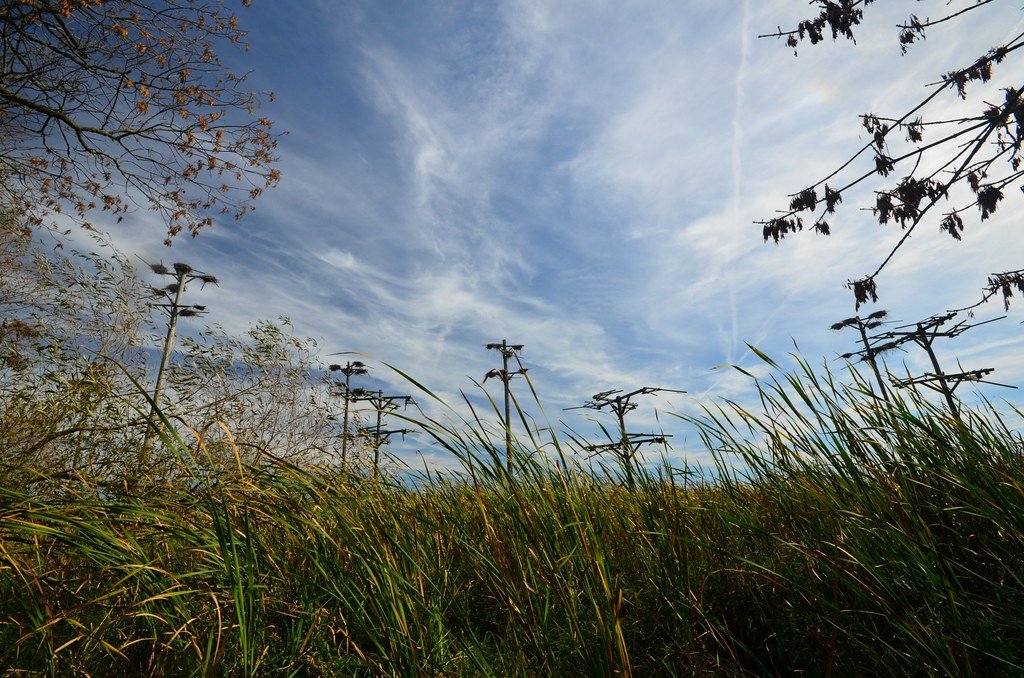There’s a silent, cosmic waltz happening above our heads, and most of us never notice it. Yet, this slow-motion dance is quietly reshaping our world. The Moon, our ever-faithful night companion, is drifting away from Earth. Yes, you read that right — with every ticking second, the Moon sneaks a little farther from us. It’s an astonishing thought, almost poetic, and it’s unfolding whether we pay attention or not. Why is this happening? What does it mean for our planet, our tides, and even our very sense of time? Let’s pull back the curtain on this celestial story — it’s more than just science; it’s the tale of a relationship that’s billions of years old and still evolving.
The Moon’s Gentle Escape: How Fast Is It Going?
Imagine standing on the shore, watching the tide roll in, while above you the Moon edges away, centimeter by centimeter. The Moon is currently drifting from Earth at a rate of about 3.8 centimeters (1.5 inches) per year. That might seem tiny, but over millions of years, those centimeters add up. This process, measured by reflecting lasers off mirrors left by Apollo astronauts, is slow but relentless. If you had a time-lapse camera stretching across eons, you’d see the Moon gliding steadily outward. Although we can’t feel this movement in our daily lives, it’s as real as the pull of gravity itself. It’s a cosmic reminder that even the most constant things in our sky are quietly changing.
The Tidal Connection: Why Is the Moon Moving Away?
The secret behind the Moon’s escape lies in the tides — those rhythmic rises and falls of our oceans. The gravitational pull between Earth and the Moon causes bulges in Earth’s oceans. As our planet spins, these bulges are dragged slightly ahead of the Moon, creating a gravitational tug that actually propels the Moon outward. At the same time, this process slows down Earth’s rotation, making our days just a little bit longer over time. It’s a fascinating trade-off: as the Moon drifts away, our clocks ever-so-slowly tick slower. The whole thing is like an intricate dance, with each partner affecting the other in surprising ways.
The Ancient Sky: A Closer Moon in Earth’s Past
If you could hop in a time machine and visit Earth hundreds of millions of years ago, you’d see a very different sky. The Moon was much closer — so close, in fact, that it appeared much larger than it does today. Back then, the tides were more extreme, and the days were much shorter, sometimes just 18 hours long. Fossilized corals and ancient rocks act like time capsules, keeping a record of these dramatic changes. The idea that our ancestors saw a giant Moon looming overhead is both awe-inspiring and a little humbling. It’s a reminder that our planet and its cosmic neighbor are always in motion.
The Lengthening Day: How the Moon Affects Our Time
Believe it or not, the Moon’s slow journey outward is lengthening our days. Every century, our day becomes about two milliseconds longer. Over millions of years, that adds up. Imagine a world where the day is 25 hours long — it could happen far in the future! This change is so gradual that no one alive will ever notice it, but over geological time, it’s significant. Earth’s rotation is slowing down, and the Moon is the main culprit. The next time you complain about not having enough hours in the day, you can thank the Moon for working on it — at its own, glacial pace.
Tidal Forces: The Moon’s Grip on Our Oceans
The Moon’s gravitational influence doesn’t just give us romantic moonlit nights; it’s the architect of our tides. These tides shape coastlines, support marine life, and even help regulate our planet’s climate. As the Moon moves away, the strength of its pull weakens, and the tides become less dramatic. This gradual change alters the delicate balance of life along our shores. For creatures that rely on the ebb and flow of tides, even tiny changes can have big consequences. The Moon’s drift isn’t just a celestial curiosity — it’s a force that quietly sculpts the story of life on Earth.
A Far Future: What Happens If the Moon Keeps Leaving?
Fast forward billions of years, and you might wonder: will the Moon eventually break free? Scientists say that won’t happen anytime soon. Eventually, Earth’s rotation and the Moon’s orbit will reach a kind of equilibrium called “tidal locking.” At that point, both bodies would keep the same face toward each other, and the Moon would stop moving away. But before that, the Sun will likely expand and change the solar system forever. Still, it’s fun — and a bit unsettling — to imagine a sky without our familiar Moon. The cosmic clock is always ticking, even if our lifetimes only see a sliver of it.
Earth and Moon: A Relationship Written in Gravity
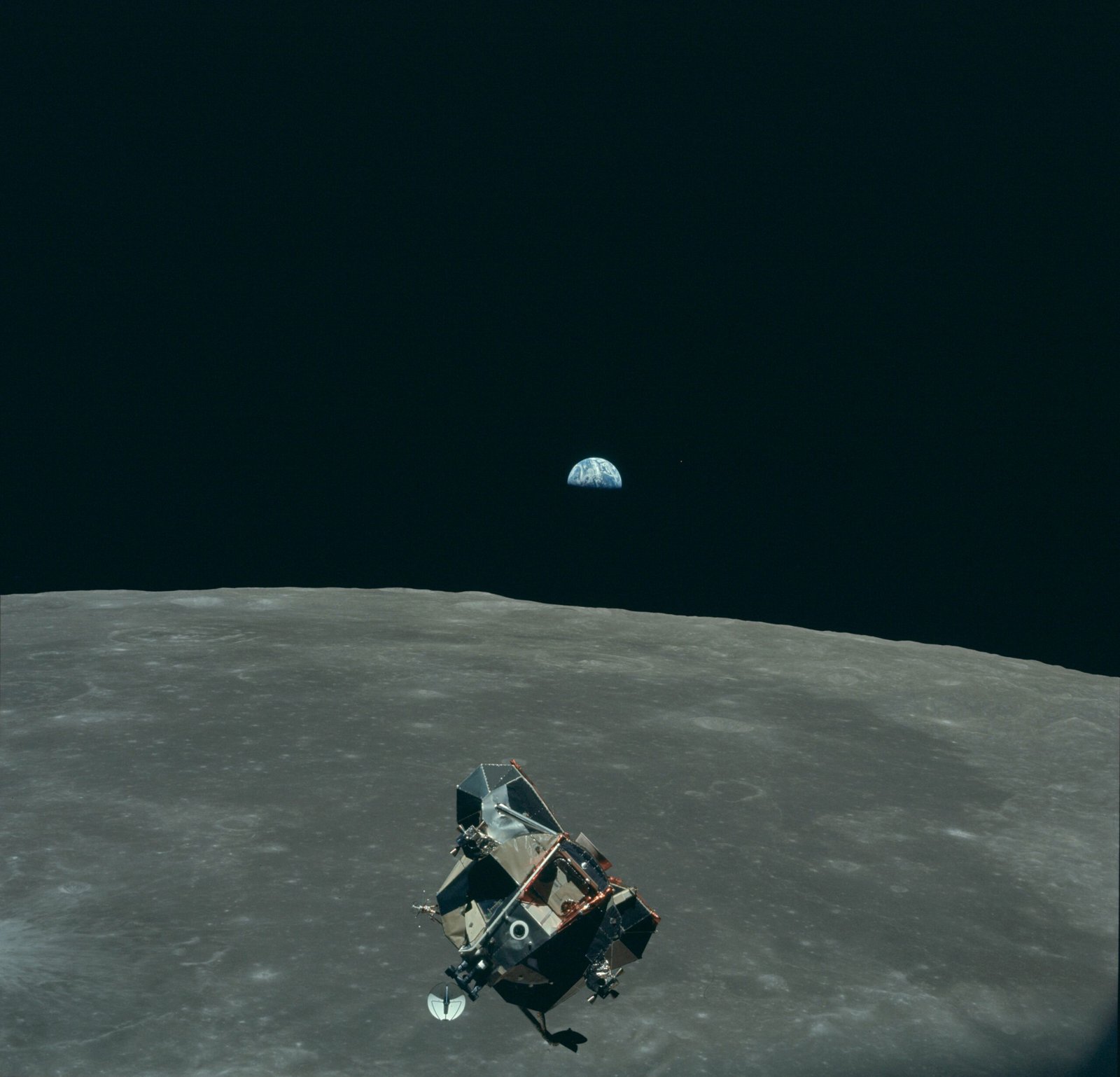
The bond between Earth and the Moon is more than just a physical one; it’s a story written in gravity. This relationship has shaped everything from the length of our days to the rhythms of life itself. The Moon’s steady influence helped make Earth a place where complex life could thrive. Without the Moon’s stabilizing presence, our planet’s tilt could wobble wildly, leading to chaotic climate swings. It’s astonishing to realize just how much our world depends on this silent partner, always circling above, keeping time with our tides.
The Moon and Human Culture: Myths, Legends, and Science
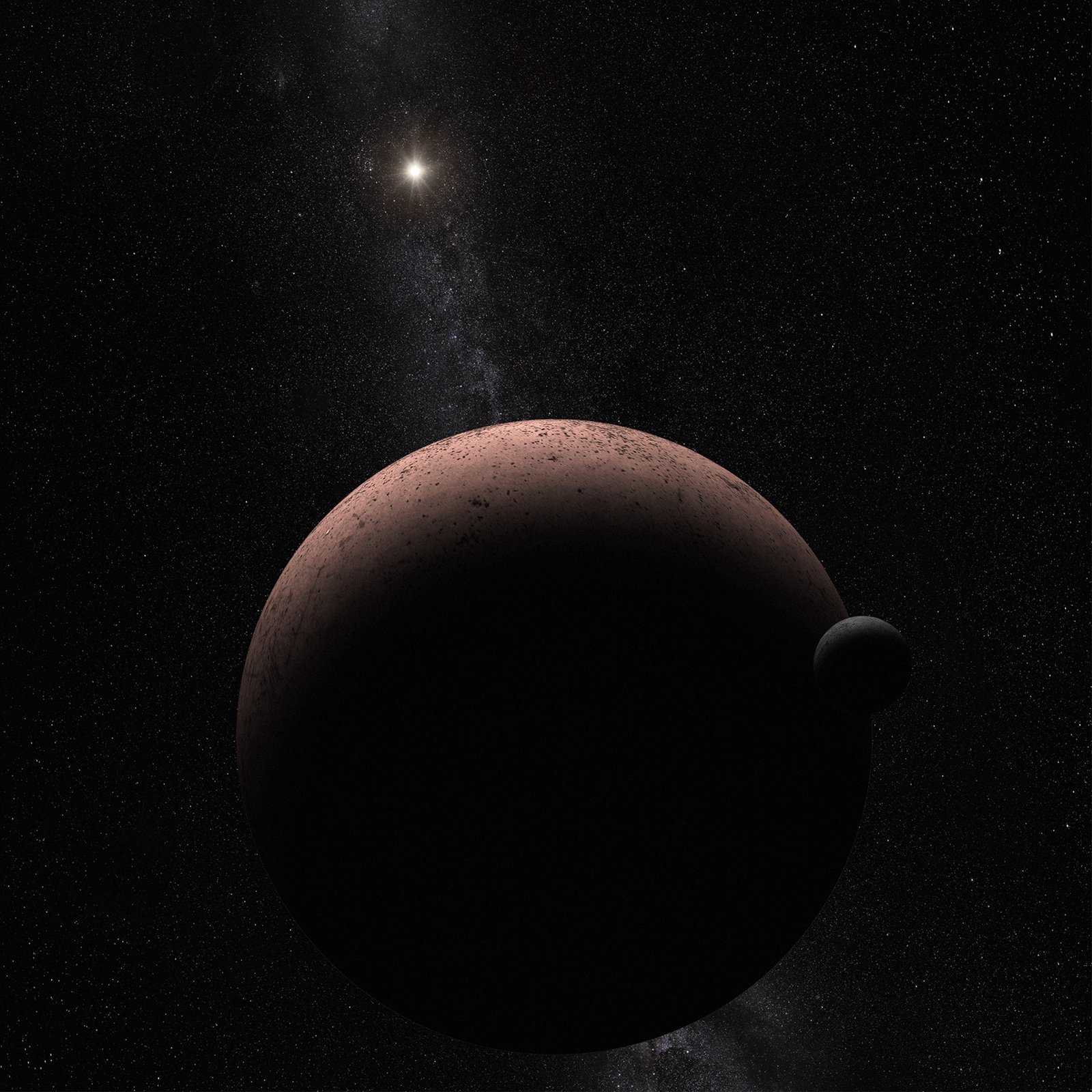
The drifting Moon isn’t just a scientific fact; it’s a source of endless fascination for people everywhere. Throughout history, the Moon has inspired myths about gods, monsters, and love stories. Poets and artists have gazed up, weaving its changing face into their work. Even today, the idea of a wandering Moon stirs the imagination. It’s a reminder of how closely our stories are tied to the universe around us. The Moon’s journey outward is yet another chapter in a saga that’s been unfolding since the dawn of humanity.
The Apollo Legacy: How We Measure the Moon’s Drift
One of the coolest ways we know about the Moon’s slow escape is thanks to Apollo astronauts. During their missions, they placed special mirrors on the lunar surface. Scientists on Earth aim powerful lasers at these mirrors, timing how long it takes for the light to bounce back. The results are astonishingly precise, letting us measure the Moon’s distance down to millimeters. It’s a beautiful fusion of human ingenuity and cosmic mystery, connecting a handful of explorers to the grand movements of the universe.
Tides and Life: How the Moon Shapes Earth’s Ecosystems

The regular rise and fall of tides, powered by the Moon, creates unique habitats where life flourishes. Tidal pools, salt marshes, and mudflats are home to countless creatures adapted to this ever-changing environment. Birds, crabs, and even some fish rely on the tides for food, shelter, and breeding. As the Moon moves away and tides weaken, these ecosystems could slowly change, affecting the delicate web of life along coasts. The Moon’s journey isn’t just a scientific curiosity — it’s woven into the very fabric of life on Earth.
A Cosmic Coincidence: Why the Moon Looks Just Right
Have you ever marveled at a solar eclipse, where the Moon perfectly covers the Sun? That’s only possible because the Moon happens to be about 400 times smaller than the Sun, yet 400 times closer to us. But as the Moon moves away, these perfect eclipses will become rarer. In the far future, the Moon will appear too small to fully block the Sun, turning total eclipses into annular ones — where a fiery ring of sunlight remains. It’s a fleeting celestial coincidence, making our era a special one for sky-watchers.
The Role of the Sun: How Solar Forces Interact With the Moon
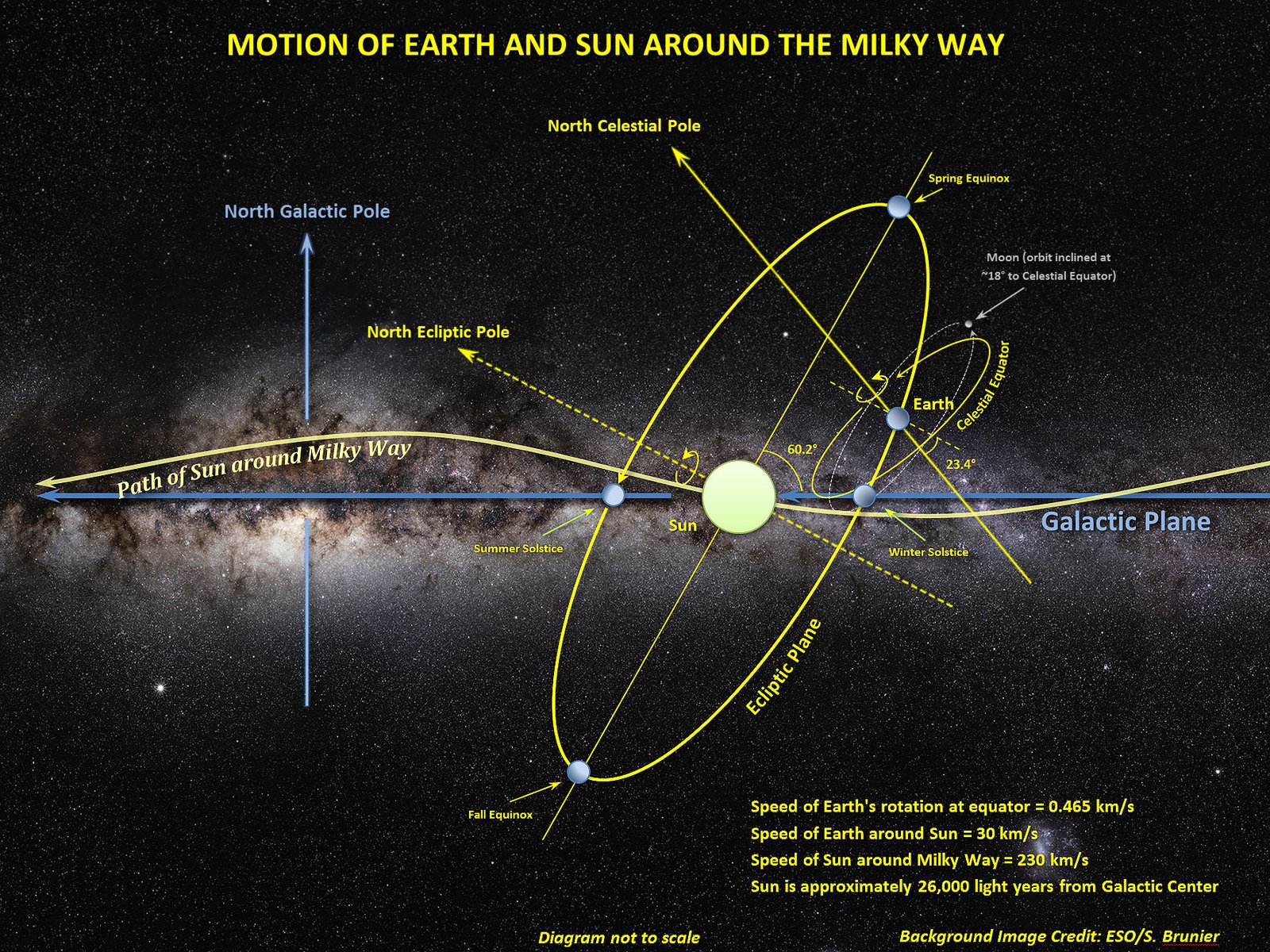
While the Moon and Earth are locked in their gravitational dance, the Sun also plays a part. Solar tides, though weaker than the Moon’s, combine with lunar tides to create spring and neap tides. Over eons, the Sun’s influence will also affect the Moon’s orbit and Earth’s rotation. As the Sun ages and grows brighter, it will eventually disrupt this delicate balance, changing the fate of both Earth and Moon. The interplay between these cosmic giants is a reminder that everything in the solar system is connected in subtle, powerful ways.
The Science of Lunar Recession: Understanding the Numbers
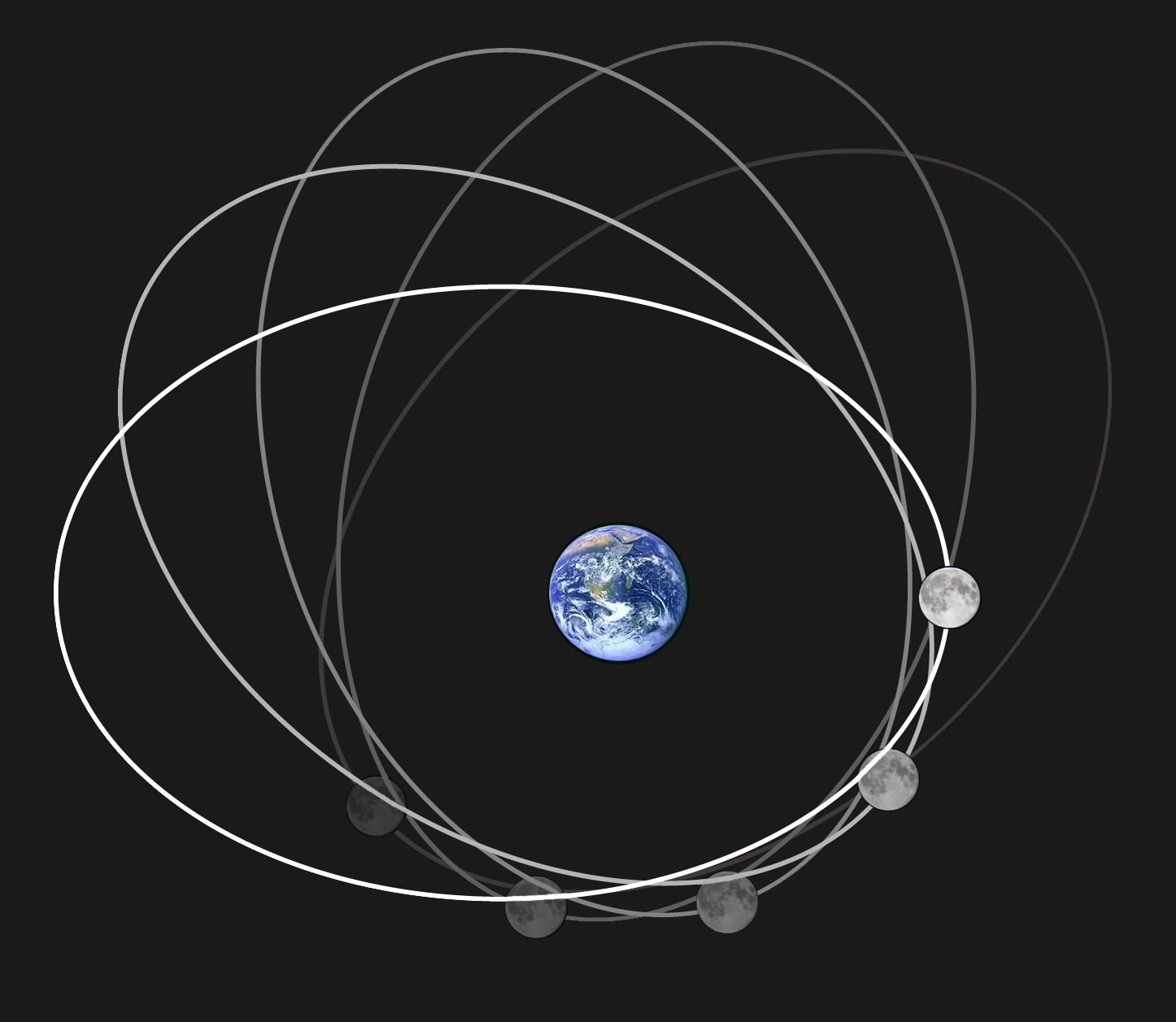
The study of the Moon’s drift is called “lunar recession.” Scientists use a mix of geology, astronomy, and physics to piece together the story. By examining ancient rocks, tidal deposits, and even tree rings, researchers can estimate how fast the Moon’s orbit has changed over time. Computer models help predict what might happen in the deep future. It’s a detective story that spans billions of years, with each clue offering new insights into the relationship between Earth and its companion.
Effects on Navigation and Calendars: The Moon’s Subtle Influence
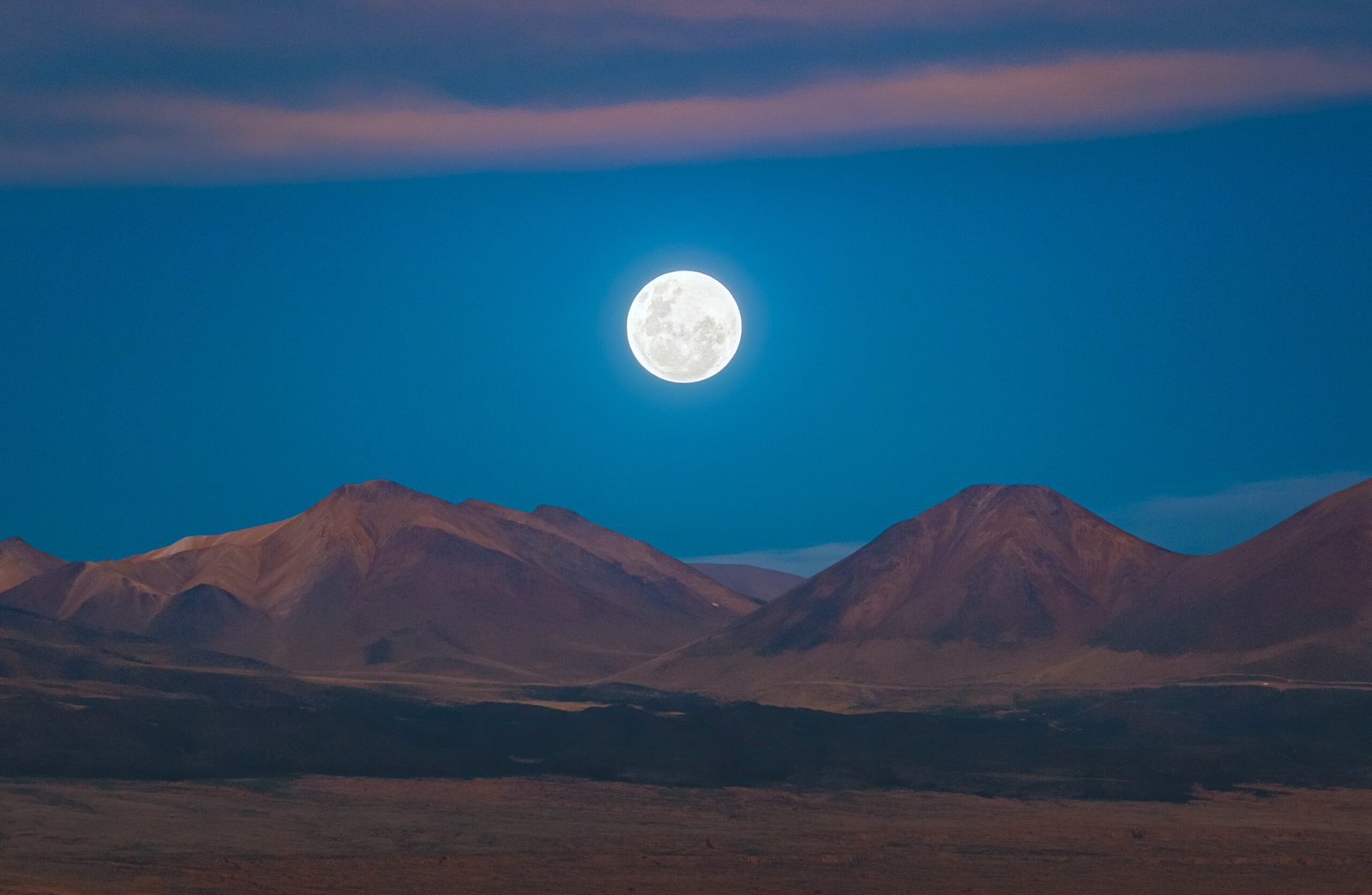
Throughout history, people have used the Moon to mark time and navigate the seas. Lunar calendars are still used in many cultures, guiding everything from religious festivals to agriculture. As the Moon’s orbit changes, so do the patterns of eclipses and the timing of tides. Sailors once relied on the Moon’s position to find their way across oceans. Even today, our sense of time is subtly linked to the rhythms set by the Moon’s dance. Its slow drift is a hidden hand shaping the calendar of our lives.
The Moon’s Drift and Climate: Subtle but Real Impacts
While the Moon’s recession won’t cause wild climate swings overnight, it does play a role in Earth’s stability. The Moon helps steady our planet’s tilt, which affects the seasons. As it moves away, this stabilizing effect could weaken, leading to more unpredictable wobbles in Earth’s orientation. Over geological time, this might contribute to changes in climate patterns. It’s another reminder that our planet’s systems are finely balanced, with even distant cosmic events leaving their mark.
The Future of Tides: What Will They Look Like?
As the Moon continues its slow retreat, the tides on Earth will lose some of their punch. Shorelines will change, and tidal power — a source of renewable energy — could become less effective. For people who live near the sea, even small changes in tidal patterns can have big impacts on fishing, transportation, and coastal life. It’s a slow transformation, unfolding over millions of years, but it’s yet another way the Moon’s journey shapes our world.
Learning From Other Planets: Moons and Orbits Elsewhere
Earth isn’t the only planet with a moon, but our relationship is unique. Other worlds — like Mars, with its tiny moons, or Jupiter, with its dozens of satellites — show a wild variety of moon-planet dynamics. Studying these systems helps scientists understand what makes Earth and the Moon special. It’s a reminder that our place in the universe is both ordinary and extraordinary at the same time. The Moon’s drift is a cosmic tale, but it’s also a story about what makes our home unique.
Personal Reflections: Gazing Up With New Eyes
The next time you see the Moon hanging in the night sky, pause for a moment. Picture it inching farther away, carrying with it the stories of tides, time, and life. There’s something both melancholy and beautiful in knowing that nothing in the cosmos stays the same — not even the Moon. This journey is a powerful metaphor for change itself: slow, steady, and unstoppable. It’s a humbling reminder that we’re all part of something bigger, something still unfolding.
What the Moon’s Drift Teaches Us About Change
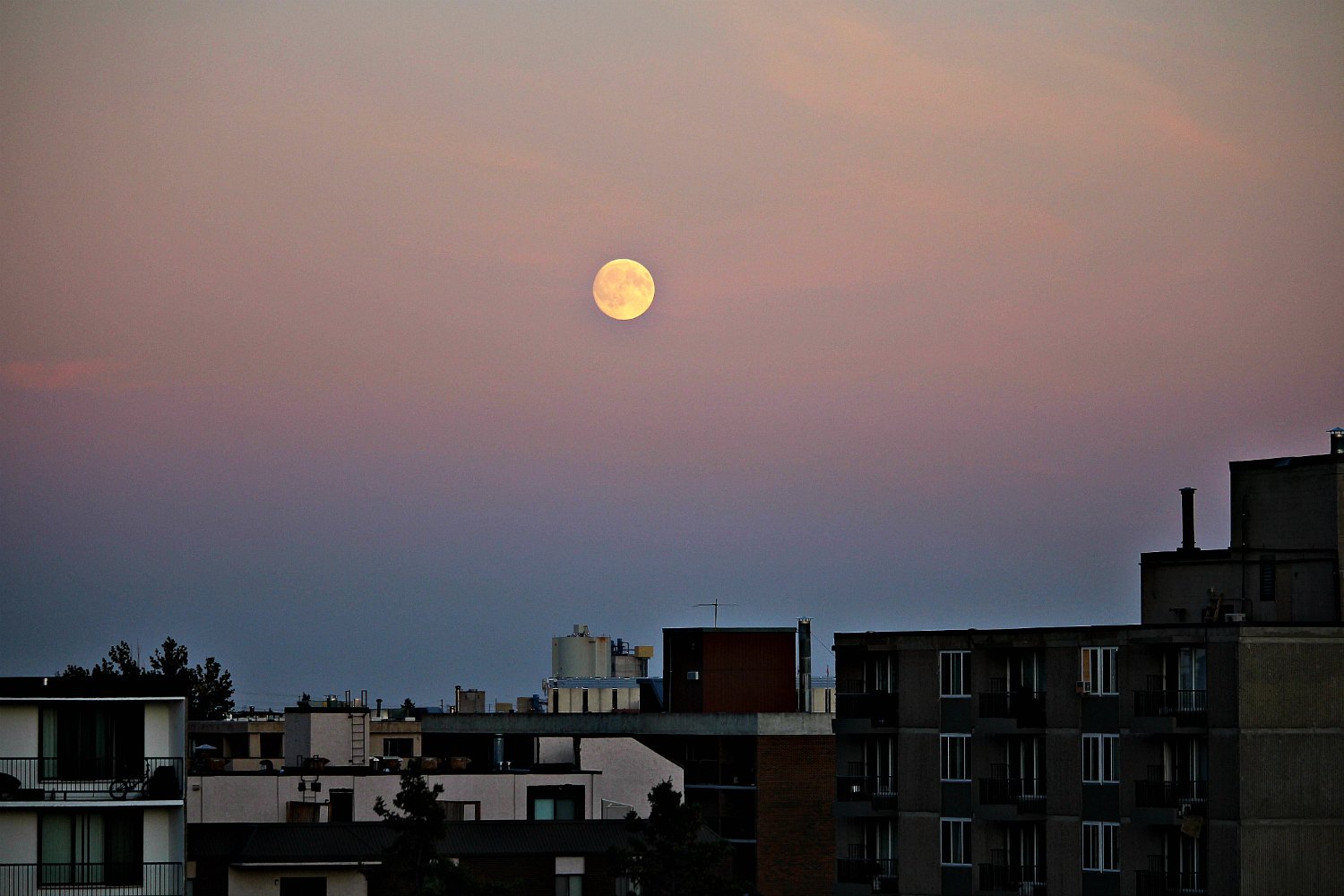
At its heart, the Moon’s gradual escape is a story about change. It’s easy to think of the universe as static, but nothing could be further from the truth. The Moon’s movement shows us that even the most familiar things are shifting, evolving, and adapting. It’s a lesson in patience and perspective — the kind of change that takes millions of years to notice, yet affects every moment of our lives. The Moon’s slow dance away from Earth is a quiet call to cherish the present, while marveling at the cosmic forces that shape our future.

